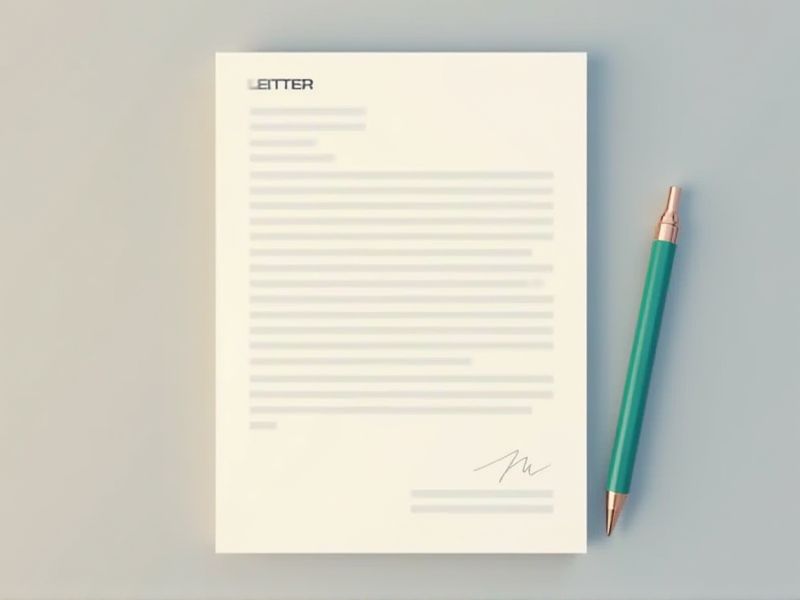
A well-structured letter format for a meeting is essential for clear communication and professionalism. Whether you are scheduling, confirming, or following up on a meeting, the right format ensures your message is easily understood. Typically, such a letter includes key elements like the date, recipient's address, a clear subject line, and a polite greeting. It's important to be concise and specific about the meeting details, such as time, place, and purpose. To help you craft the perfect meeting letter, explore the various templates available in this article.
Samples of letter format for meeting
Formal Letter Format For Meeting Invitation
Business Letter Format For Meeting Agenda
Professional Letter Format For Meeting Request
Letter Format For Scheduling A Meeting
Polite Letter Format For Meeting Confirmation
Letter Format For Meeting Follow-Up
Concise Letter Format For Meeting Notes
Letter Format For Rescheduling A Meeting
Letter Format For Meeting Cancellation
Clear Letter Format For Meeting Outline
Letter Format For Inviting Stakeholders To A Meeting
Letter Format For Team Meeting Announcement
Letter Format For One-On-One Meeting Request
Letter Format For Virtual Meeting Invitation
Letter Format For Quarterly Meeting Summary
Letter Format For Departmental Meeting Agenda
Letter Format For Project Meeting Details
Letter Format For Annual Meeting Notification
Letter Format For Client Meeting Arrangements
Letter Format For Regulatory Meeting Participation
Important Things to Know when Writing Letter Format For Meeting
Proper Heading (Date, Recipient’S Name And Address)
A proper letter format for a meeting begins with an appropriate heading that includes the date, the recipient's name, and their address. This information should be aligned to the left, ensuring a professional appearance. Including the date at the top sets the context and timeframe, while the recipient's details ensure the letter reaches the intended individual. Using this structured format communicates respect and clarity, making your invitation to the meeting more effective.
Clear Subject Line
A clear subject line is crucial in a letter format for meetings, as it immediately informs the recipient about the purpose of the correspondence. It should be concise yet descriptive, allowing the reader to grasp the main topic at a glance. Including relevant details, such as the meeting date or specific agenda points, can enhance clarity and context. This attention to the subject line helps improve communication efficiency and ensures that your message is prioritized and addressed promptly.
Formal Salutation
A formal salutation is essential in letter format for meetings, as it sets the tone for professional communication. Typically, you should address the recipient by their title and last name, such as "Dear Mr. Smith" or "Dear Dr. Johnson." This conveys respect and establishes your seriousness regarding the meeting's purpose. Ensuring proper salutation usage not only reflects professionalism but also encourages a positive response from the recipient.
Concise And Structured Body
A concise and structured body is essential when drafting a letter for a meeting, as it ensures clarity and facilitates understanding. Start with a clear opening statement that outlines the purpose of the meeting, followed by organized bullet points or paragraphs that highlight key topics to be discussed. This format not only keeps the content focused but also makes it easy for the reader to grasp important information at a glance. By adhering to this structure, you enhance the professionalism of your letter and increase the likelihood of a productive meeting.
Appropriate Closing And Signature
An appropriate closing in your meeting letter is essential for conveying professionalism and respect. Common closings include "Sincerely," "Best regards," or "Kind regards," followed by a comma. Your signature, whether handwritten or electronic, should be placed below the closing, ensuring clarity and authenticity. By carefully selecting your closing and signature, you enhance the overall tone of your message and leave a positive impression on the recipient.
